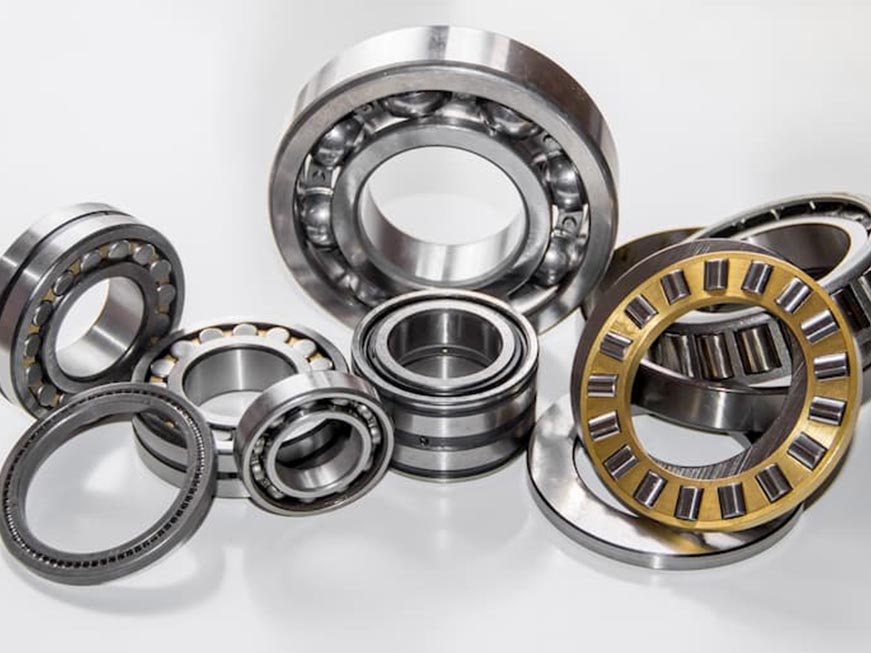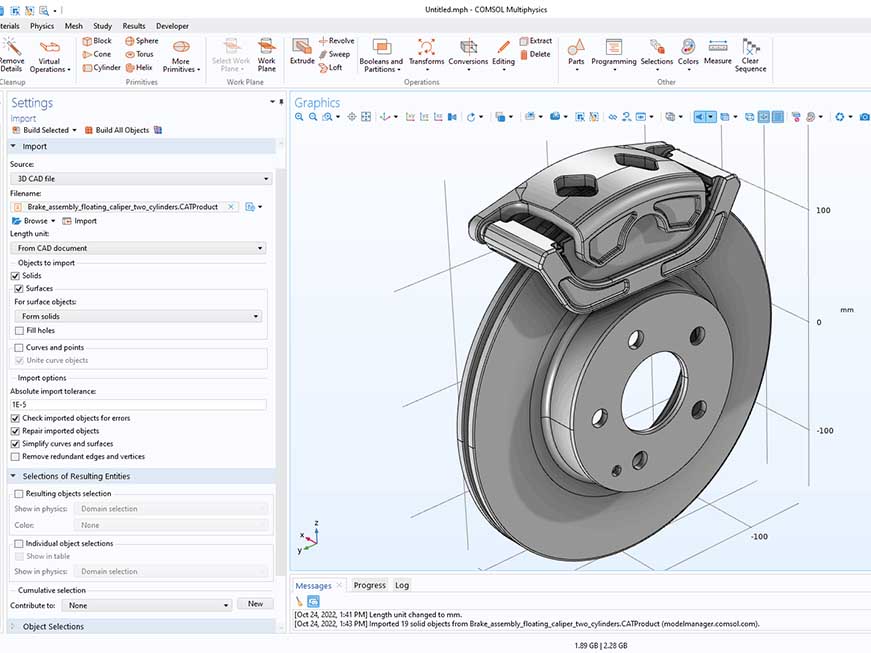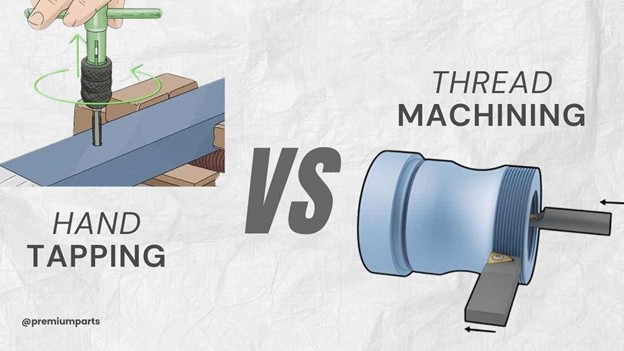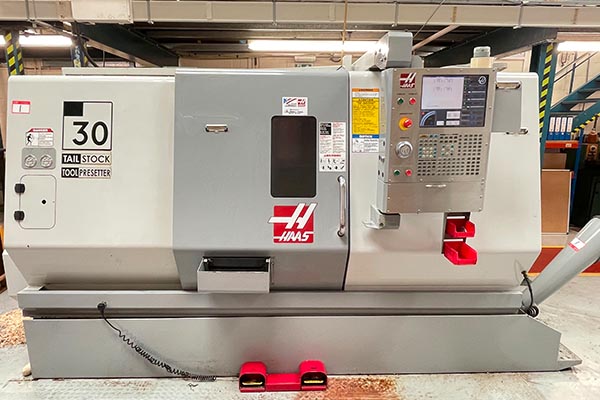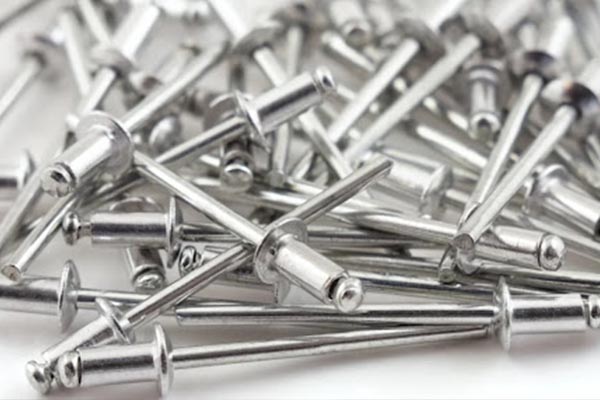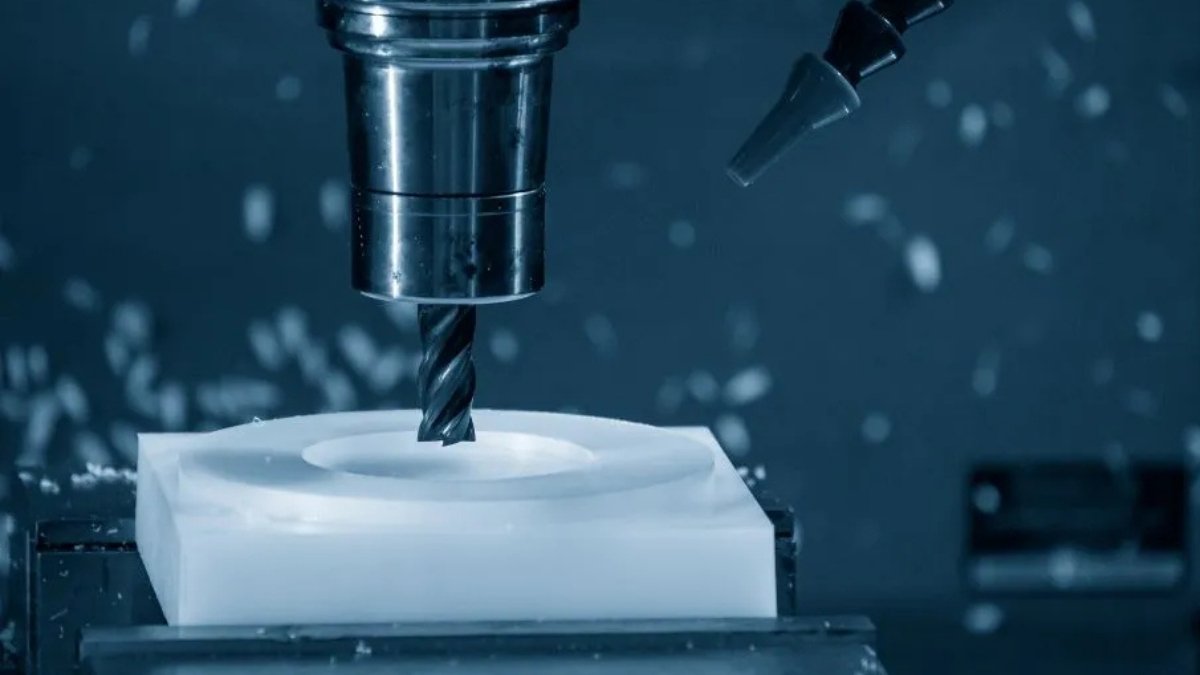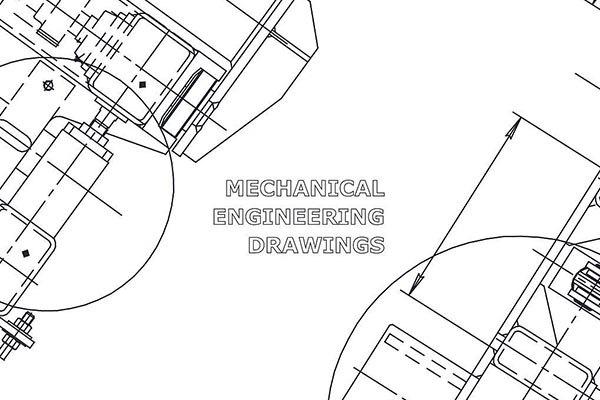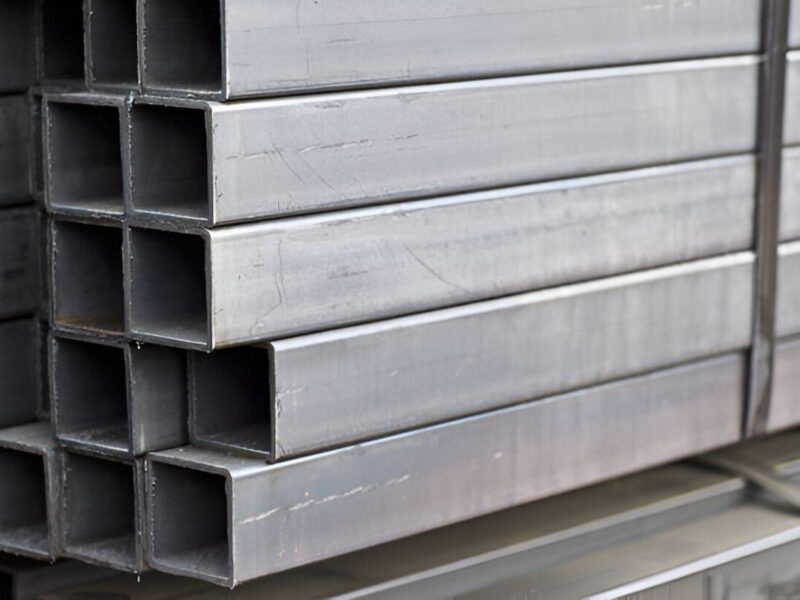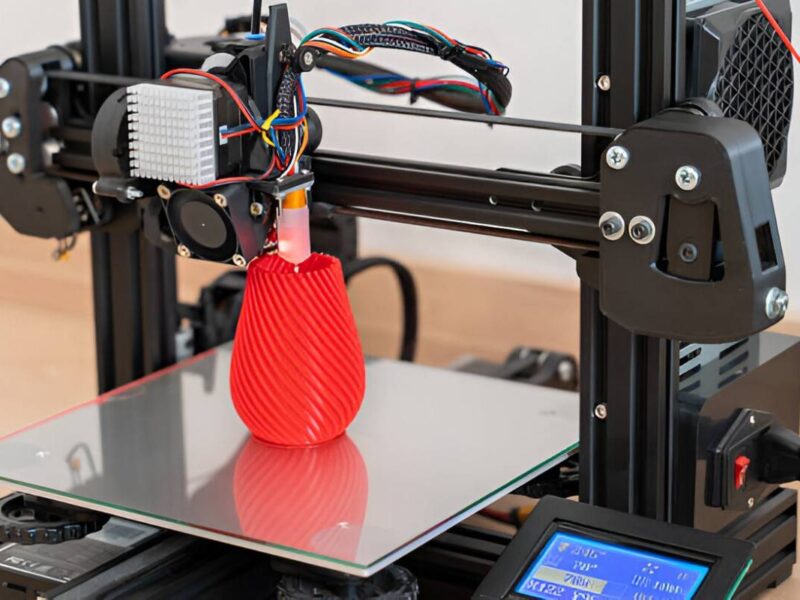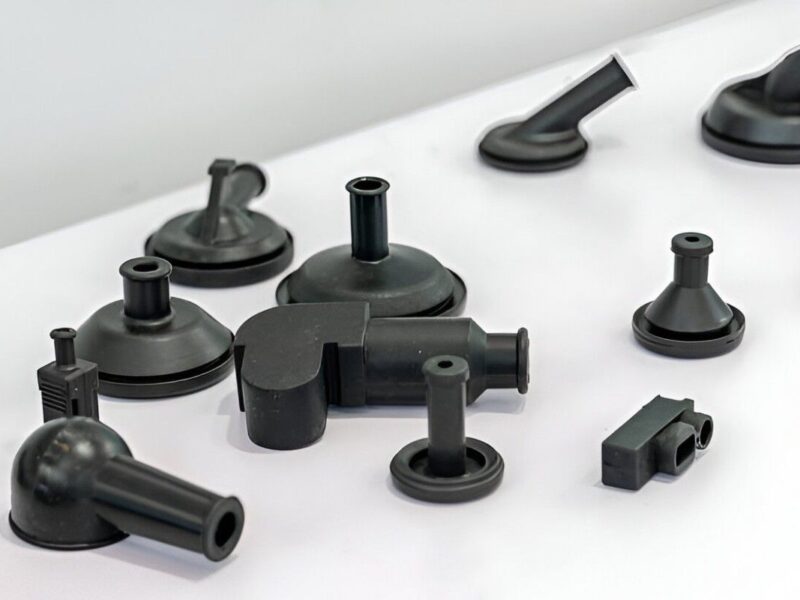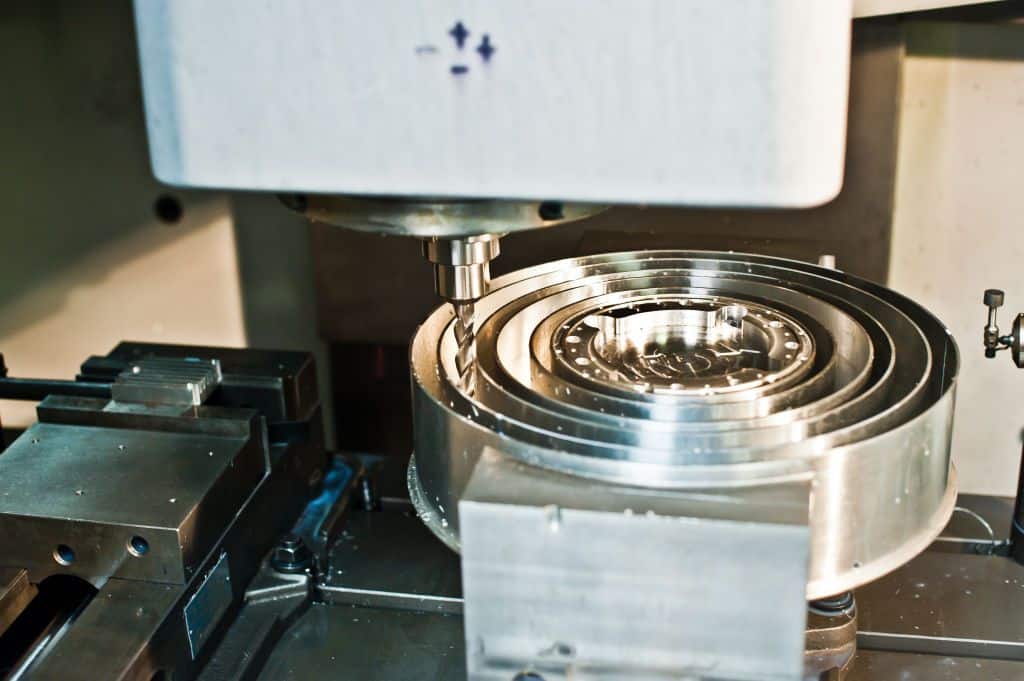
In today’s fast pacing world, CNC precision machining is a leading technique to develop high-end parts. Besides, accuracy is the most important factor when making high-tolerance parts. Medical parts, automotive components, and many others need high tolerance. However, normal machining methods cannot achieve a precision of ±0.001 inches. That’s where CNC precision machining plays its role by using different tools and operations to offer accuracy.
This machining method includes programming instructions that create the parts according to requirements. It uses different techniques for different types of products and materials. Thus, CNC precision machining involves an in-depth understanding of the details to craft the perfect items for your project.
To understand this manufacturing process, let’s explore it in more detail. We will appreciate different types of tools, benefits, and uses. Keep digging in; the coming details will surely bring more clarification.
What is CNC Precision Machining?
CNC precision machining creates parts, cuts, and shapes the raw materials. This method uses programming to turn computer-aided design (CAD) into instructions. These instructions then designate the cutting process of material accordingly. Moreover, the design of the CAD model is crucial as it outlines the part’s geometry. After the program is loaded into the machine, the tools rapidly move and create the exact final product. Besides, advanced machinery, optimization of parameters, and expertise are the key points to good high-end results.
One major aspect that gives CNC precision manufacturing an upper hand is to craft similar parts in bulk. The operators can create products using advanced machinery from medical to automotive and other industries. Milling machines, EDM, lathes, drilling, laser cutting, and others offer highly accurate parts.
Moreover, CAM also plays an important role by converting the product’s CAD model (3D model) into a program. Then, the machine translates the instructions and follows them to create the parts. Generally, a CNC machine can have a tolerance of +/-0.0005 inches. However, the CNC precision machines can offer a tolerance of +/-0.01 inches to +/-0.0002 inches.
CNC Precision Machining Process Guide
CNC precision machining includes different processes. It takes a long time, from identifying the need for the part to crafting its design and turning it into a physical product. Here are some steps included in this process:
Designing Phase
In the designing phase, the engineers or designers create a 3D model of the product. The model includes the structure, dimensions, tolerances, and other features. Engineers use software like AutoCAD to craft a product design. Moreover, it’s important to keep DMF (design for manufacturability) in mind. Additionally, the design should be harmonious with the CNC machining tools.
Programming Phase
After the 3D is done, the engineers give the model in a CAM system, which turns the design into computing instructions. These programming instructions are also called G&M codes. The CNC machines are capable of reading these codes. Moreover, it also moves the tools by following programming instructions. So, the machines make fewer errors by offering precise results.
CNC Machining Setup
In the setup phase, you must set the tool and work holding. The manufacturer will install the tool in the holder and place the workpiece on the chunk. However, some CNC machines can use different tools. Subsequently, the choice of tool and holding of the material are the two major prospects that help with precision. Wrong tools and misalignment can lead to many CNC machining defects.
Part Machining
After the setup, it’s time to turn the concept into reality. The machine follows the instructions closely and crafts the part. However, the operator needs to set the feed rate, spindle speed, and other parameters to better crafting. Next, the machining tools move over the workpiece and perform cutting and drilling. After production, there is a testing phase, which helps to determine if the final product is according to design.
Post-Processing
Using the part right after manufacturing is not a good deal as it compromises the quality. The parts usually have impurities, scratches, dirt, and chips, reducing accuracy and quality. Thus, the post-processing methods, including grinding, can make the dimensions more accurate and give a smooth finish. Moreover, vapour polishing and electroplating provide the parts with a glossy finish.
Types of Precision CNC Manufacturing
CNC precision machining includes many types, such as milling, turning, lathe, etc. They all offer high precision and quality. Each method comes with different capabilities and is suitable for a specific purpose. For example, drilling is best for digging holes, while milling is best for flat surfaces. Therefore, CNC machining suits different circumstances, materials, and designs. Here are some major types of CNC precision machinery:
CNC Milling
A milling machine consists of a cutting tool that rotates and moves along a multi-axis. Moreover, the tools can have linear and rotational movements at the workpiece to complete the job. The spindle can attach at a speed of 2400 rpm, giving a precision of +/-0.0025mm. Further, CNC milling can create parts with complex geometries from flat materials. Other than that, some high-end machinery includes the spindle with a horizontal and vertical orientation.
CNC Turning and Lathes
CNC turning and lathes also entail precision machining. A lathe’s tools work linearly on the rotating workpiece to cut and shape it. As a result, they can create the standard cylindrical parts. Moreover, the precision turning offers in-depth details and geometries because of the rotatory movement of the material.
CNC Drilling
As the name suggests, CNC drilling uses a rotating drill bit fixed at the end of the tool, making it rotate. The drilling creates a hole by penetrating the material and removing the chips. Moreover, the drill bits come in different sizes, and you can select them according to the required hole. There are two drilling techniques:
- The spot drilling method is best for making holes in hard materials. Firstly, the operator makes a shallow hole at a particular spot and then follows into the depth.
- Peck drilling is best for making deep holes. In this method, the drill bit goes in and out to avoid heat formation and remove chips.
EDM (Electrical Discharge Machines)
The EMD generates an electric discharge in the dielectric liquid. The process includes the erosion of the material via an electric spark, and the machines cut through the materials. The workpiece and the tools act as electrodes. This method is less stressful and can easily cut and shape materials with extreme hardness, like titanium. Besides, EDM machines can create different and complex geometries of the parts with high accuracy.
CNC Plasma Cutting Machines
The CNC plasma cutting machines heat the gases to 10,000 degrees Celsius. These gases undergo ionization called Plasma, which cuts the materials using thermal energy. Moreover, the ionization of the gases needs a high-voltage supply. These gases are present in the plasma torch, which directs the Plasma on the workpiece via a nozzle. The nozzles move over the material and cut through it by melting it away. Consequently, unlike traditional cutting and EDM, this method offers better precision with a high tolerance of 0.001 inches.
CNC Precision Grinding Machines
Grinding is usually the post-processing method and offers high accuracy in the manufacturing process. The machines include a grinding wheel with an abrasive layer over it. The abrasive layer has a specific grit size and proper thickness. These machines remove the impurities from the materials and cut down the imperfections by offering a smooth surface of 3.2 to 0.8 μm. This method provides a glossy finish and not only a proper shape.
Materials Best for CNC Precision Machining
Plastics, metals, and many other materials can handle CNC Precision Machining. With the main focus on plastics and metals, CNC manufacturing uses different tools and methods. Moreover, each material has different ductility and machinability, so the operators use the procedures according to them. Moreover, the major factor determining the material selection is the material’s functionality and operations. Here are some of the best materials suitable for CNC machining:
Metals
The harder the metals and alloys are, the harder the precision equipment they require. Some tools also come with a coat of diamond carbides to deal with them efficiently. Moreover, cutting through the hard metals results in head dissipation, so the machinery also features a cooling system. Therefore, the type of metals affects the success of the project and its cost. Some common metals for precision machining include:
- Aluminum
- Steel
- Stainless Steel
- Titanium
- Copper
- Brass
- Bronze
Plastics
Harder materials, like plastics, have more feeding and production speed than softer ones. Plastics are more prone to change because of their heat sensitivity. Thus, the cutting and shaping process is slow to ensure accuracy. However, some plastics still offer good finish and accuracy. CNC machining also has special carbide tools to cut plastics. Here’s the list of plastics that support CNC precision machining:
- ABS
- Polycarbonate
- Acetal (Polyoxymethylene)
- PTFF
- Glass, Carbon, Bronze
- Acrylic (PMMA)
- Polyethylene
- Nylon (6, 6/6, Oil-filled)
- PEEK (Polyether Ether Ketone)
Major Applications of CNC Precision Parts
CNC precision parts have many applications in various industries. For instance, the automotive industry has many custom parts for engines, dashboards, brackets, etc. Besides, the aerospace industry also relies on high-end CNC parts with good tolerance. These parts include structural components, gear parts, nozzles, and many others.
Moreover, the medical industry also entails parts with high-end precision. The parts have many applications, from surgical to custom orthopedic and dental prosthetics. Lastly, there comes the compact and precise electronic parts. There are useful applications, from camera modules to heat sinks and connectors.
Benefits of High Precision CNC Machining
High-precision CNC machining offers quality products that are just according to the client’s requirements. It provides many benefits, from efficient products to handling complex geometries. Here are some benefits you can leap by outsourcing CNC precision machining services:
- Accuracy and Repeatability: What makes CNC precision machining different from standard CNC machining is accuracy. It closely follows the programming instructions and delivers exactly what is needed. Moreover, it can repeat production of the parts with consistency in design no matter what their count is.
- High Efficiency: With high precision and advanced optimal tools, there are fewer changes in waste materials. It minimizes errors and reduces material costs. Moreover, efficient production speeds up the manufacturing process.
- Complex Designs: No matter what the design of the parts is, precision machining can easily create that. The products’ multi-axis capability and advanced computer technology allow them to be offered with tight tolerances.
- Material Variations: CNC precision machining suits different materials, from hard metals to soft plastics. Furthermore, the machines have tools and work used according to the materials type.
Conclusion
CNC Precision Machining helps manufacturers create products with high precision. A CNC machinist can do everything regardless of their dimensions and the tolerance you need. Moreover, the computer-aided system, which has minimal human interference, offers more accuracy. Besides, the speed, efficiency, minimal waste, and cost-effectiveness make this more viable.
If you are going to start a project and need parts with high precision, go for CNC precision machining services. From medical to automotive and aerospace, Premium Parts can offer anything you need. Our experts have years of experience, and our timely delivery of high quality helps us maintain our records of precision. Contact us and get a quote or discuss your project today!
FAQs
What makes CNC machining different from precision machining?
CNC machining includes a computer system that automates the product manufacturing process. However, although precision machining is a type of CNC machining, it focuses on creating products with high tolerances and accuracy. Precision machining takes more time and effort to craft the products.
How much accuracy can you attain in CNC machining?
With CNC precision machining, the operators can tolerate +/-0.001 inches or more. However, it depends upon the operator’s skills and the machine’s capabilities.
Is CNC precision manufacturing expensive?
With the advanced technology and high precision, CNC machining is a little costly. However, for large-scale productions, the cost is reduced per item.


